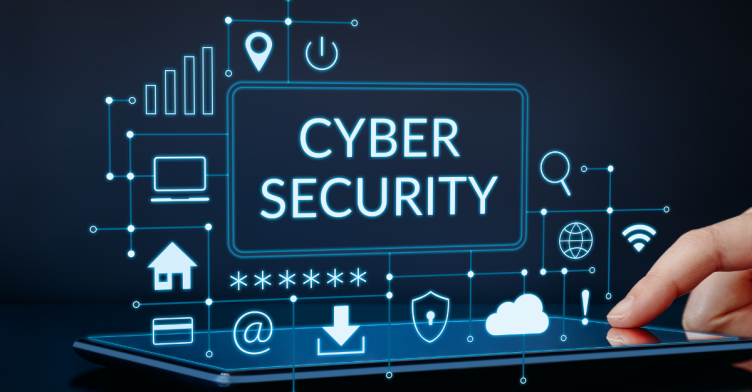
Protecting an IT environment from cyberattacks requires a comprehensive approach that includes several basic requirements to safeguard systems, networks, and data. Below are the key elements:
- Risk Assessment: Regularly evaluate potential threats, vulnerabilities, and impacts to identify areas that need protection. This allows organizations to focus resources on the most critical areas.
- Strong Authentication and Access Control: Implement multi-factor authentication (MFA) and enforce strict access controls to ensure that only authorized users can access sensitive systems and data.
- Firewalls and Intrusion Detection Systems (IDS): Deploy firewalls and IDS to monitor network traffic and detect potential intrusions, providing a barrier against unauthorized access.
- Encryption: Encrypt sensitive data both in transit and at rest to protect it from being intercepted or accessed by malicious actors.
- Regular Software Updates and Patch Management: Ensure that operating systems, software, and applications are up-to-date with the latest security patches to prevent exploitation of known vulnerabilities.
- Endpoint Protection: Use antivirus software, endpoint detection, and response (EDR) tools to protect devices such as computers, smartphones, and servers from malware and other threats.
- Backup and Recovery Plans: Regularly back up critical data and establish a robust recovery plan to minimize the impact of data loss or ransomware attacks.
- Employee Training and Awareness: Educate employees about phishing, social engineering, and other common attack vectors to reduce the likelihood of human error compromising security.
- Network Segmentation: Divide networks into segments to limit the scope of damage in case of a breach, ensuring that sensitive systems are isolated from less critical areas.
- Incident Response Plan: Develop and maintain a comprehensive incident response plan to quickly detect, respond to, and recover from a cyberattack, minimizing damage and downtime.
- Monitoring and Logging: Continuously monitor systems and networks for suspicious activity and maintain detailed logs that can be used for forensic analysis in case of a breach.
- Third-Party Security: Ensure that third-party vendors and partners follow adequate security practices to prevent vulnerabilities from being introduced into your environment.
By addressing these requirements, organizations can create a robust security posture to defend against various types of cyberattacks.